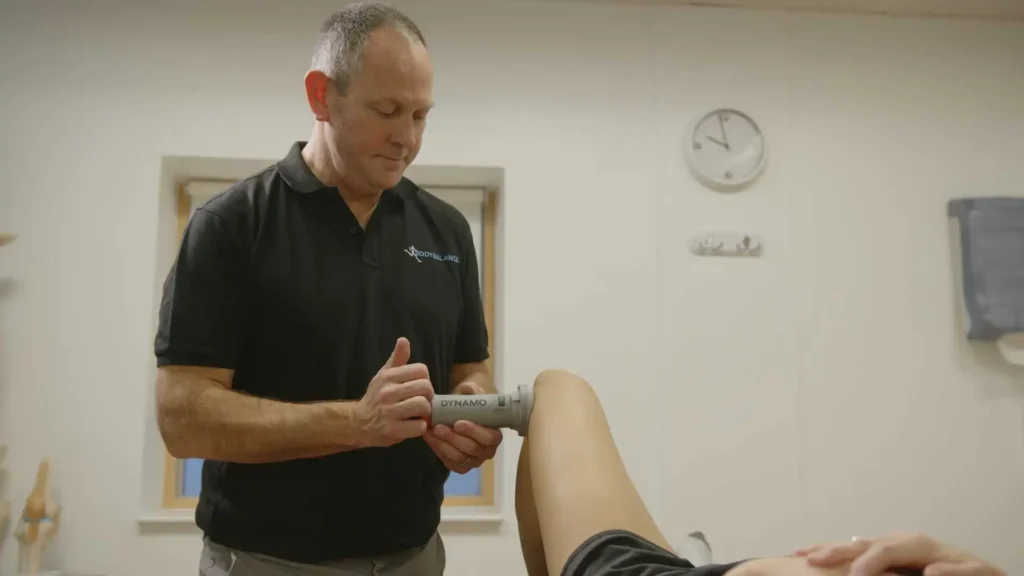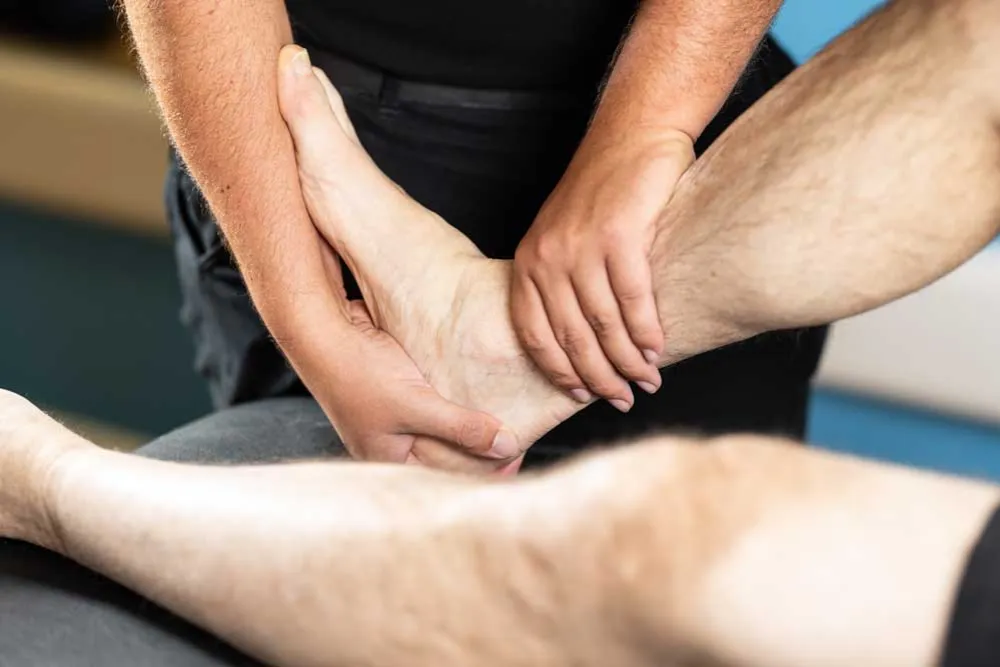
An ankle sprain refers to an injury to one or more of the ligaments around the ankle joint. Ligaments are strong elastic band-like tissues which attach one bone to another bone. Ankle ligaments are usually injured when they are over stretched, most commonly when the ankle is pulled into a position beyond its normal range.
The most common type of ankle sprain affects the ligaments on the outside of the ankle, by rolling the foot inwards. This may also be coupled with a perception of a pop or click. In the few hours following the injury, the ankle may swell and become difficult to move. Bruising may also be evident. It is often difficult to walk on a sprained ankle, however if there is immediate swelling and you are unable to weight bear, or the ankle appears an odd shape, you may need an x ray to rule out any bony injury.
A physiotherapist can help advise you through immediate management and apply local treatment to the area of injury. The physiotherapist will then help you through a rehabilitation programme to help you to return to your normal sports or activities.
